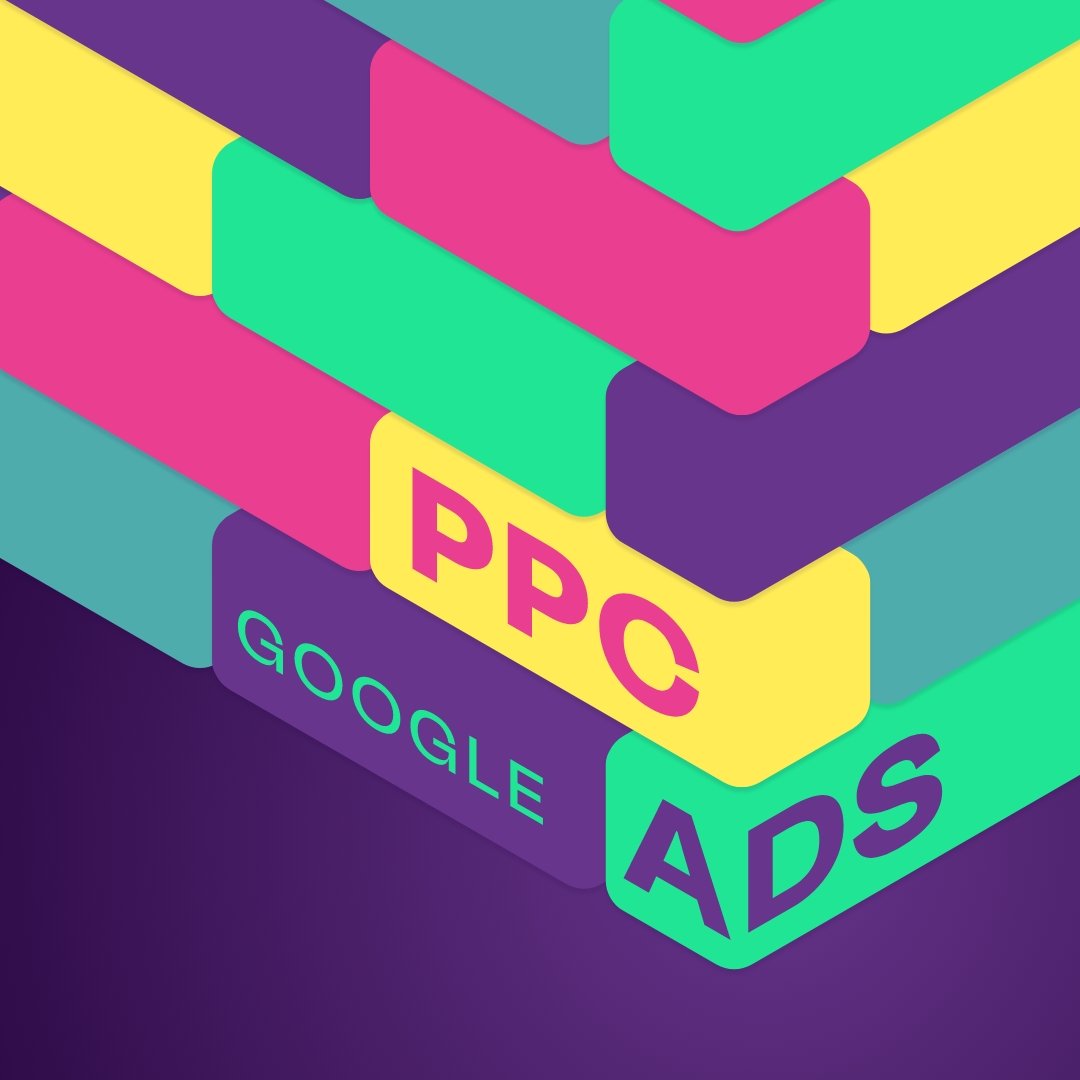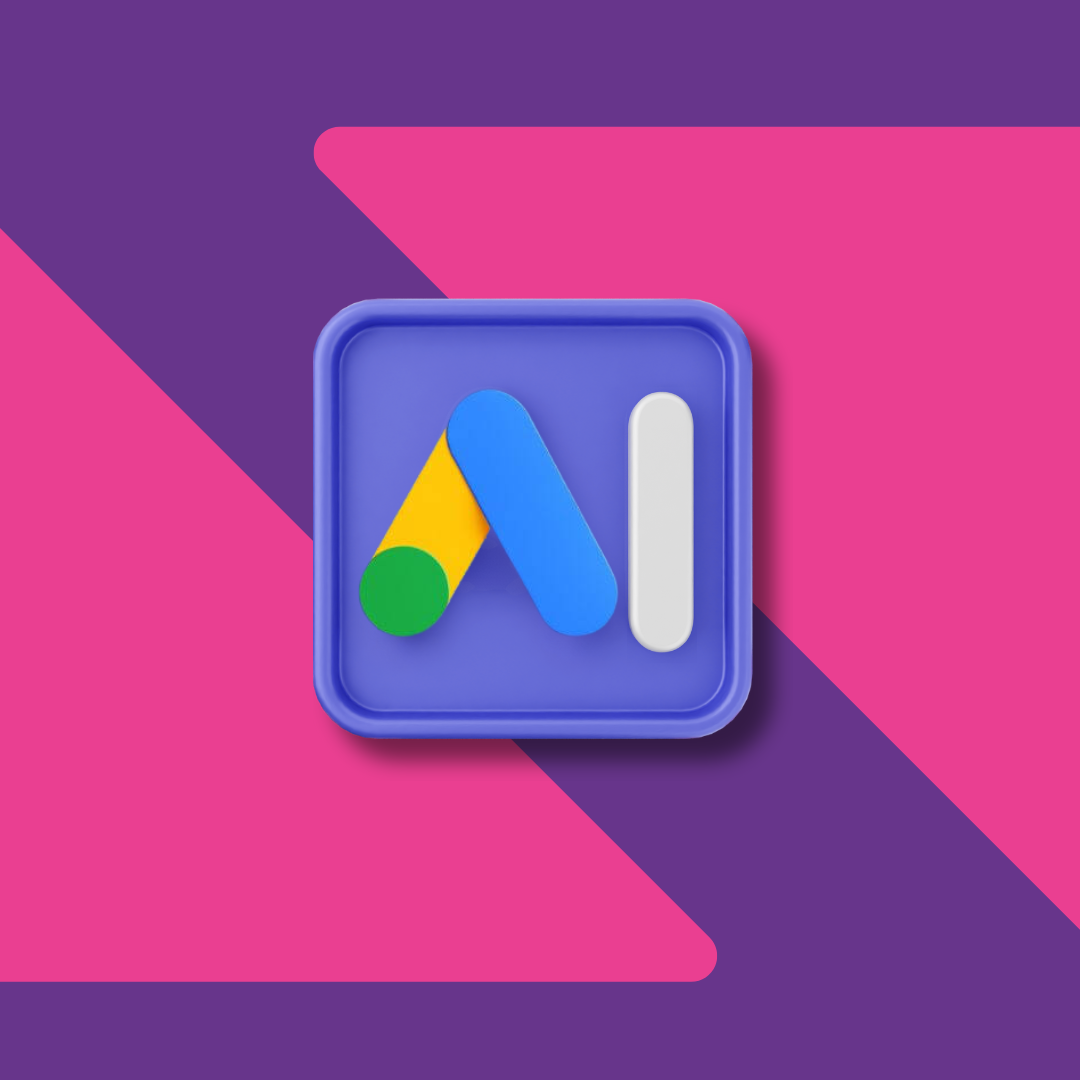What is Alt text?
Alt text (short for ‘alternative text, also known as ‘alt descriptions’, or ‘alt attributes’) is a short piece of text that describes an image on a webpage.
Why is Alt text important?
Alt text for inclusivity:
The main purpose of alt text is to let people using screen readers understand more about the images you’ve used.
A screen reader is a piece of software that reads aloud the content of a webpage. Screen readers are used by people with visual impairments, as well as people with dyslexia or other reading or learning difficulties. When the screen reading software encounters an image, it will read aloud whatever information has been entered for alt text.
Alt text SEO:
Although search engines are always improving, image recognition is still an area where the technology could be better. Because photos of the same object can look different depending on size, camera angle, lighting, and many other factors, computers struggle to interpret image-based data (this is why you’re often asked to identify images to prove you’re not a robot).
If an image contains information that’s important to the purpose of a webpage, then providing a solid description in the alt text will help search engines better understand your purpose, and improve your chances of ranking for the keywords and queries related to your webpage.
Google’s John Mueller clarified last month that while alt text wasn’t a huge ranking factor for general web searches, good alt text means that the image itself is more likely to rank in a Google image search – so writing the best alt text you can is a great way to make the most of your online visual assets.
Page loading issues:
In the event that your website suffers a technical difficulty, and is unable to load your chosen image, alt text may be displayed instead.
How to write good Alt text
- Don’t start the alt text description with ‘image of’. The screen reader lets the user know, so telling the user it’s an image is unnecessary. Describing the type of image is useful though, so ‘cartoon’, ‘infographic’, or ‘headshot’ are all useful ways to start.
- Keep it brief. Most screen readers will only deliver 125 characters of alt text description, so stay on topic.
- Don’t stuff keywords – but if the image is relevant to your keywords, get them in there. Hopefully you’ve used an image related to your topic? If so, take advantage of the opportunity to include your primary or secondary keywords. Don’t shoehorn them in, though – you might get penalised for keyword stuffing, and you’ll alienate the people who you’re writing for.
- Include any image text. Search engines can’t read text that’s been overlaid on a picture, so start your alt description with any text headings that might be part of the image.
- Don’t repeat what’s already in the text. If you’ve already captioned the picture, you won’t need to repeat that information. And if the image contains text, then don’t bother repeating any text that’s written out elsewhere on the webpage.
- Don’t add alt text for decorative images. Does the image create meaning? Even if it’s just a funny meme, images that are designed to inform the page’s content or tone should get the alt text treatment. ‘Decorative’ images, on the other hand, don’t need alt text. Decorative images would be things like graphic design elements, or company logos.
Here’s an example of how to provide alt text;

Weak alt text – ‘Picture of a keyboard’
Better alt text – ‘Dolphin Large Print Keyboard, with tactile elements, large layout, and special keys for the visually impaired”
Can Alt text be funny or entertaining?
Sure! As long as your alt text is providing the info necessary to include the user, and it’s clear what the image represents. Inclusive communication doesn’t always need to be po-faced.
There’s been research recently into different ways to ensure more light-hearted content remains inclusive – researchers have experimented with using audio recordings and sound effects to enhance memes for VI users, to avoid spoiling the joke.
A good rule of thumb is to make sure your alt text maintains the tone and serves the purpose of the page or article it’s attached to. If you’re interested in the finer points of discussion on this subject, check out Léonie Watson’s fascinating and thought-provoking articles on the subjects of alt text and assistive technology, over at tink.uk.
If this article’s been of use to you, check out more of our digital marketing insights, or get in touch with us here at Trio – the only SEO agency Leeds needs.



